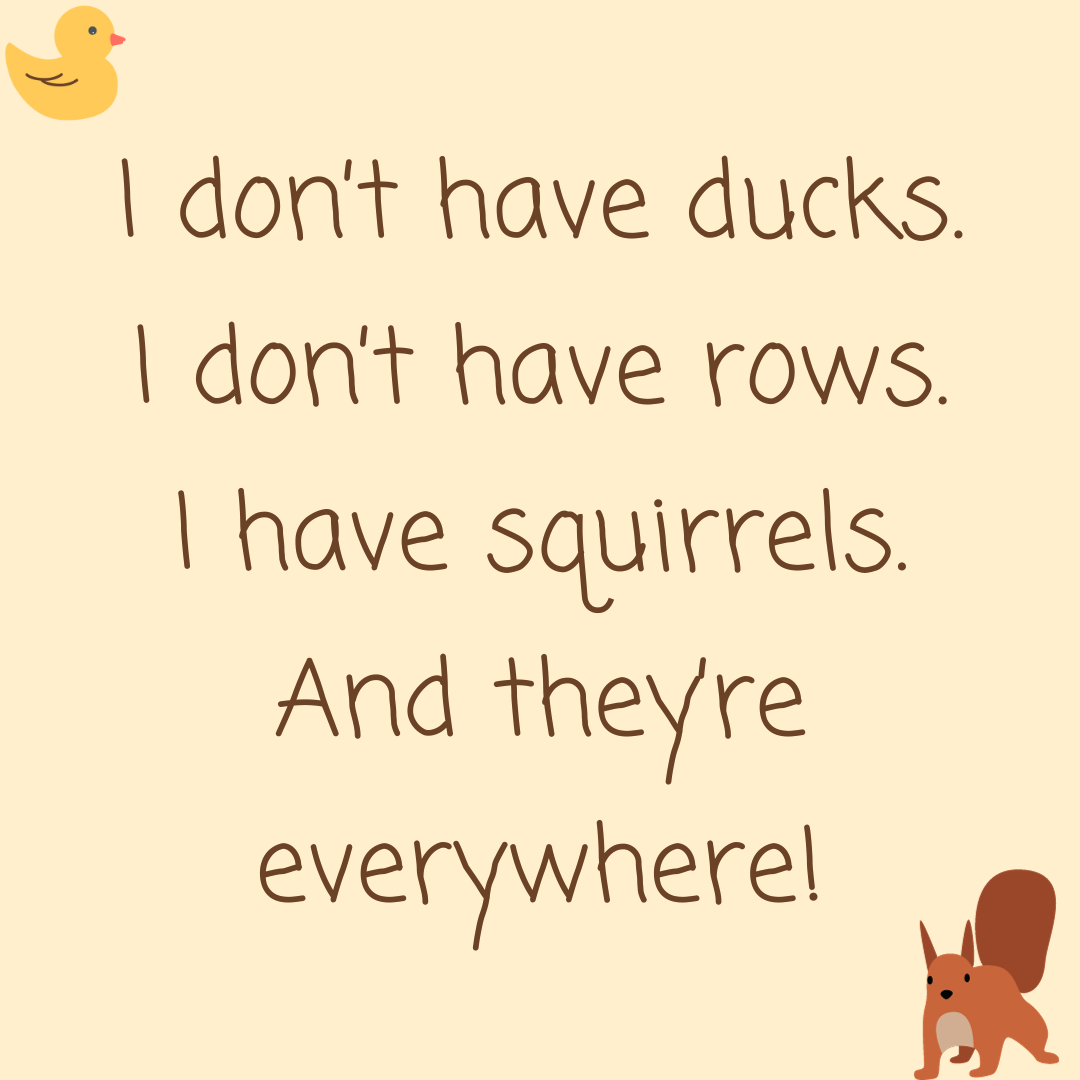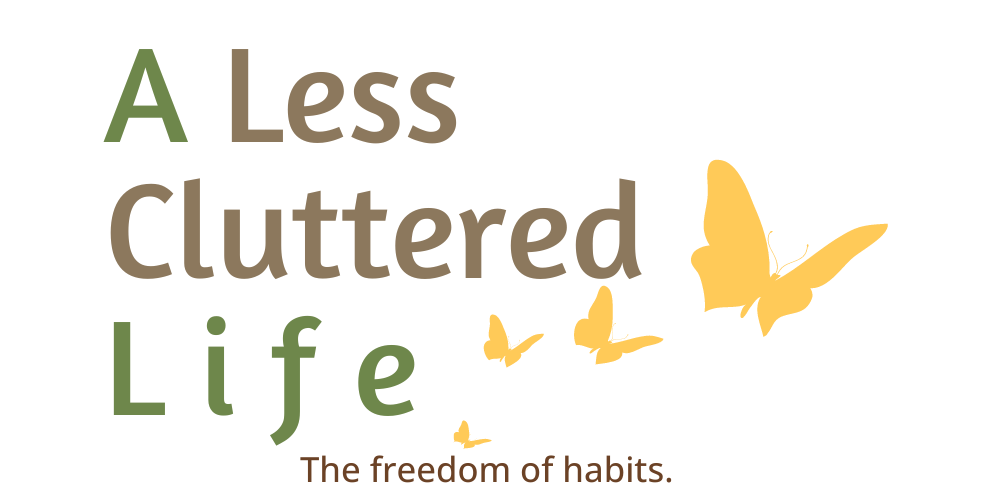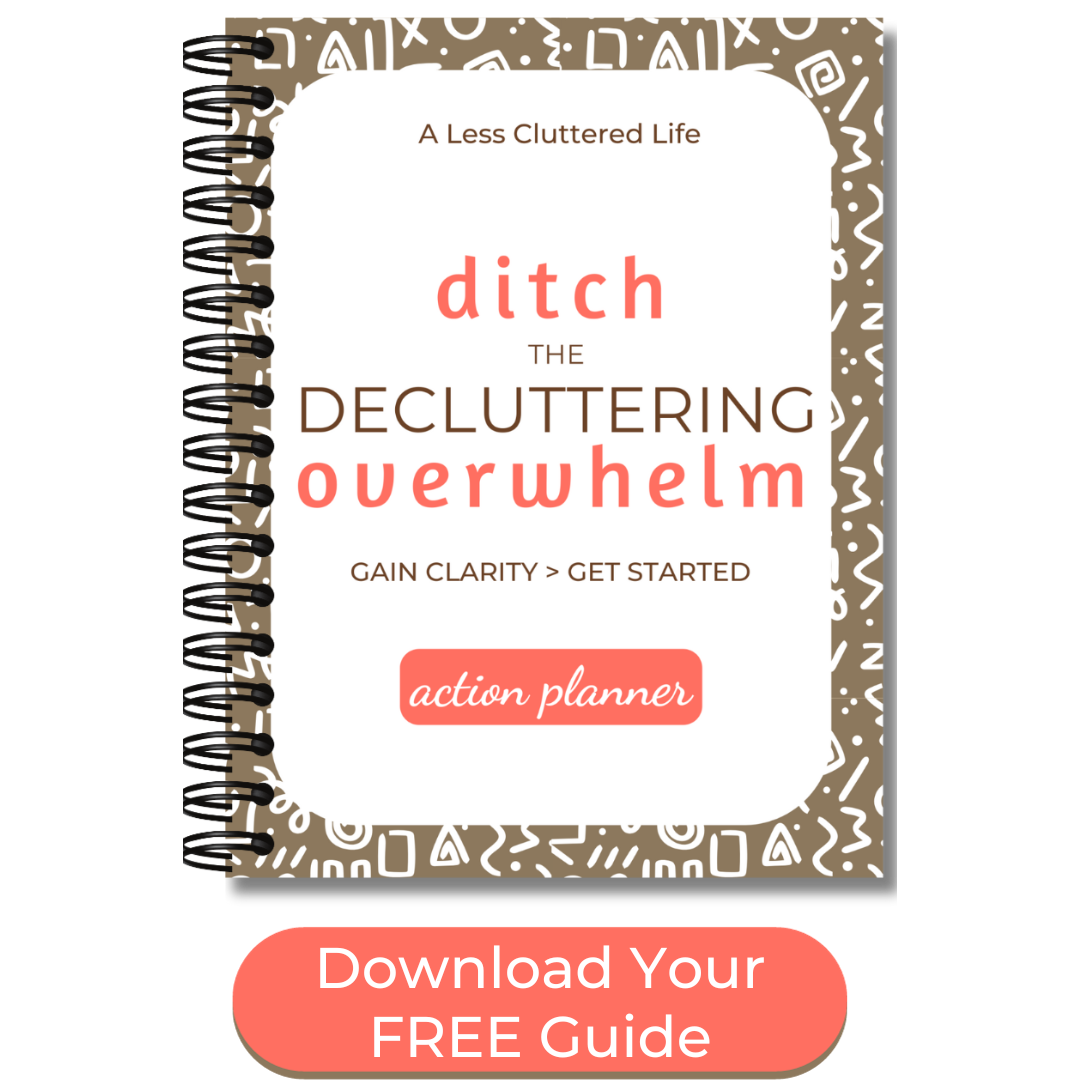|
by Susan McCarthy If you are dealing with a short-term or chronic illness that saps your energy, you may still be frustrated by the clutter in your home. And if you feel overwhelmed by events in your life, you may feel drained. The small actions described here can help you claim some control over your home and your life. A few years back, I had most of my thyroid removed. Although the scar at the time was hideous, I recovered well. I didn’t take two hour naps the way I had after another major surgery. I took it easy. And then I kept taking it easy. When I finally realized the deep tiredness that I was feeling wasn’t going away, I reached out to my doctor to ask if I could still be experiencing aftereffects from the anesthesia. Three months had gone by, so, no, that was unlikely. I got my thyroid levels checked and then went on meds. They help, but every so often the levels go off and the meds need to be increased. It takes me a while to notice my low-energy behaviors – shuffling things back and forth without really doing anything with them and spending hours on a color-by-number app that’s perfect when neither my brain nor body wants to do anything strenuous. Does it make sense to say that I think I’m too tired to notice how tired I am? And, of course, there are those times when you may feel so overwhelmed by an event in your life (chosen or imposed), that your brain is as cooperative as a two-year-old being dragged along through endless tasks and errands. Oh, and you’re simultaneously that cranky two-year-old’s beleaguered parent trying to get stuff done. So, is it possible to get things done when your brain is telling you to do something, and your body wants to sit on the couch and watch Encanto (again)? I’m no expert and I can’t pretend to imagine what you’re experiencing, so let me throw out some ideas. Reading this may use up a few spoons, but I hope it helps. Write a ListYou may be thinking that the last thing you need is a list of all the things that you aren’t doing in black and white. (May I suggest using a colorful gel pen? A to do list can’t be all that serious when written in magenta or teal ink.) I suggest writing a list because your to do list is already running through your mind and when you write everything down, you’ve acknowledged it. This relieves the stress of worrying that you’ll forget to tackle the task when you feel up to it. If you start to feel mildly ambitious, you can rewrite the list, grouping tasks by whatever theme works for you. Put a star next to any tasks that require low energy. What’s the Least You Need to Get Done?What is the one thing you can do today that if done will give you some feeling of accomplishment? This could be a phone call that will take you all of three minutes but that you’ve been dragging your feet on doing. If you were feeling perky, then such a task might be something that you’d squeeze in between other tasks. However, if you feel drained by the dread of the task as well as other health issues, then that phone call might be a huge accomplishment. Here’s something you likely won’t consider doing – acknowledge what you’ve done. Too often we look at what isn’t getting completed as opposed to giving ourselves a quiet “woo-hoo” for what we’ve done. Say out loud what you’ve done. “Well, that phone call is done! The appointment is made. Good job.” You already feel like dung. No need to be mean to yourself by saying, “Big deal. I made a phone call.” Set a Vague IntentionSetting a goal is great, but if you’re convinced a sloth could outpace you, giving yourself a specific goal might just lead to frustration with yourself. And focusing on failure is hardly motivating. Do you need to finish a specific task? Maybe instead of telling yourself that you should be decluttering the kitchen, perhaps you can tell yourself that you’ll declutter the first item that you encounter while you’re in the kitchen. And if that item is a ketchup packet, that’s progress. On a day when your energy is higher, you’ll remember that you’ve already been doing things toward decluttering your kitchen and you can continue. Use Your MomentumIf you haven’t been feeling great for a while, you may be looking at the clutter that’s built up because you don’t have the energy to put things away. When you do get up to go into another room, can you carry something with you? This doesn’t mean you need to grab all the dirty dishes and mugs and bring them to the kitchen at the same time (unless that’s something you feel up to). If you’re sitting, it can be difficult to convince yourself to stand up. However, when you get up to use the bathroom or to get something to eat or drink, use this momentum to do a small task. Break a Task in Half (Repeat)Are you giving yourself a task better suited to someone feeling energetic? Can you cut that task in half? Now, cut that half in half. Keep going until you land on something that feels doable. Maybe you’ve been telling yourself you need to hang up your clean clothing. But doing this involves decluttering your closet so there’s space in there for the clothing you wear. You can’t hang up your clean clothing until the closet is decluttered, so you need to ignore the piles on the floor and furniture. Cleaning a closet is a big job. Cleaning half a closet is still a huge task. Can you go get a trash bag and bring it into your bedroom so that when you do start decluttering, you have someplace to put those items? Maybe tomorrow you put one item in there? Just getting a trash bag near the closet is a big step because now you have someplace to put items you no longer want. Small Steps CountYes, you want to declutter your bedroom, but that’s not going to happen right now. If you can’t manage a six-hour task, can you do one that will take you six minutes? How about 30 seconds? Throwing away one piece of trash counts. Putting one item in a box for donation counts. Even if you were working steady for six hours, you’d still being doing one small task after the next. You’re doing the same thing, only with more time between each task. Focus on Visible ResultsWhen you do start to feel up to doing more, focus on areas that are out in the open as opposed to spaces hidden by cabinet or closet doors. What about the tasks like decluttering your closet, which I mentioned earlier? In that case, you want to put away the clothing that is currently piled on furniture or the floor. Clearing the hidden space that is your closet will give you the necessary space to move those visible items. Visible spaces include the floor, counters, tabletops (kitchen table, dining table, end tables, coffee table, night table), and the seats of chairs. Focus on the spaces that will make your life easier. Clearing stuff off the couch is progress. If this means moving one item a day, that’s okay. Focus on One LocationIf you want the couch free of stuff, then focus your efforts on that one space. Maybe at the end of the day you’ve moved three items. Fantastic! However, if you move one item from the couch, don’t clear the next item from the dining table, and the third from your bedside table as you won’t see the progress you want. So, how does this guideline align with the suggestion to ‘carry something with you’ when you are moving from room-to-room? You can pair them and focus your attention on carrying something from the area in question, each time you leave the room. Or you can consider ‘carrying something with you’ as its own task. Perhaps you focus on moving functional items like plates and trash. When you feel able, then you make an intentional trip to remove items from a visible space. Stare Out a WindowNature has many healing properties, even if you aren’t up to going outside. Watch the birds fly by. Observe the way the leaves shimmy in the breeze. Watch the clouds. If you can’t see the natural world from where you are, there are also stress-reducing benefits to watching videos of nature. Go to YouTube and look up ‘nature scenery’ or a similar search term. Take It Easy
0 Comments
Your comment will be posted after it is approved.
Leave a Reply. |
Categories
All
Hi, I'm SusanI'm a former teacher who became a professional organizer (and not because I'm a natural-born neatnik). I live with my husband and fluffy cat on a river in Massachusetts. I crochet, make handmade cards, and love reading young adult novels. Learn more about my decluttering journey here. |
|
Copyright 2024 Susan McCarthy - Susan@ALessClutteredLife.com -
Privacy Policies |
Proudly powered by Weebly

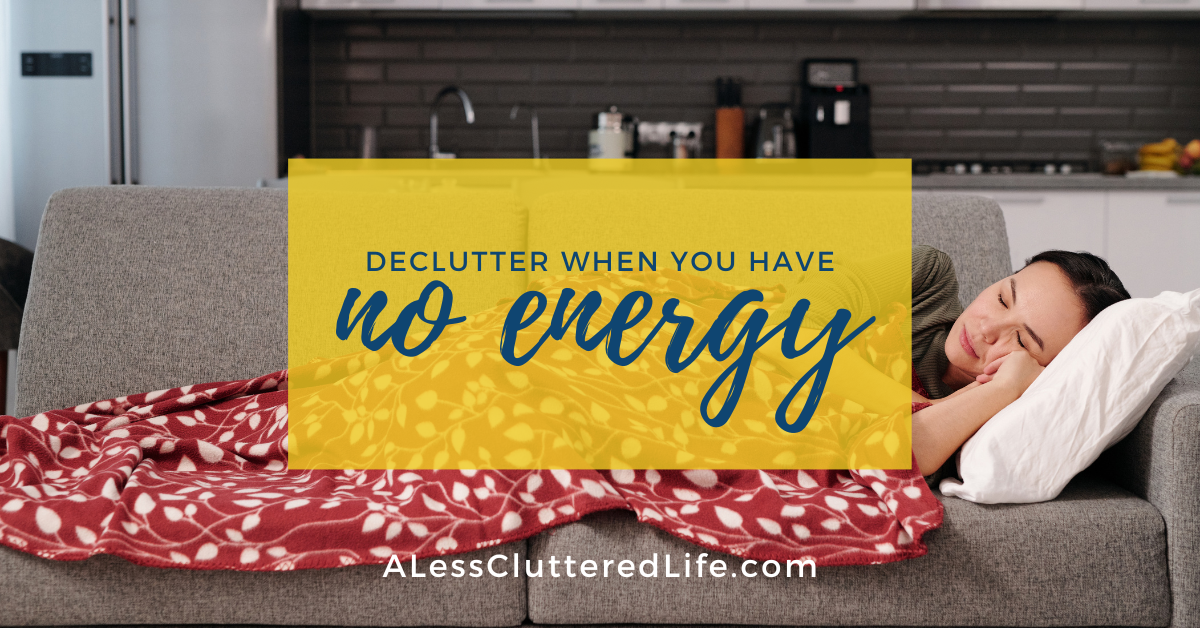
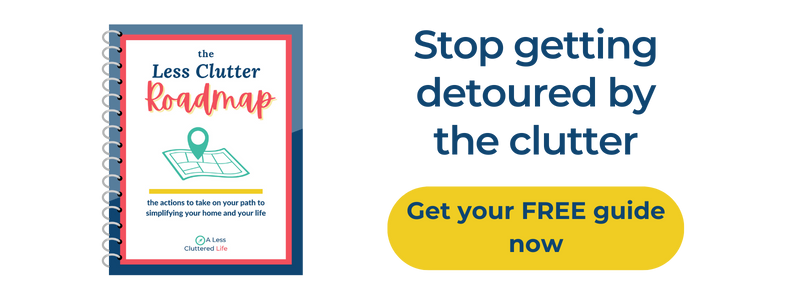
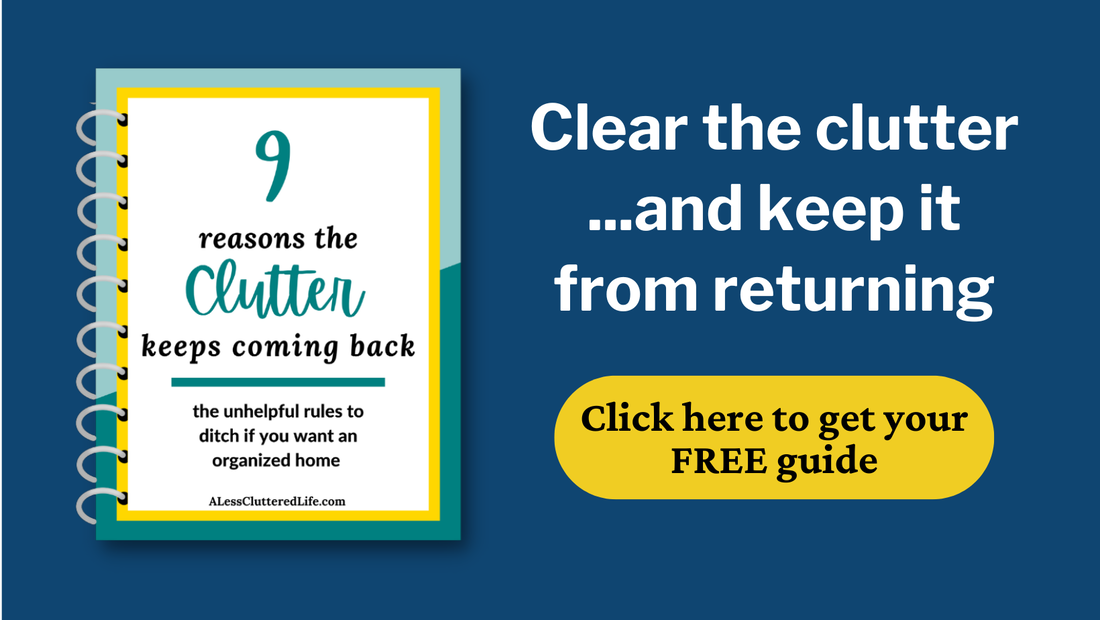
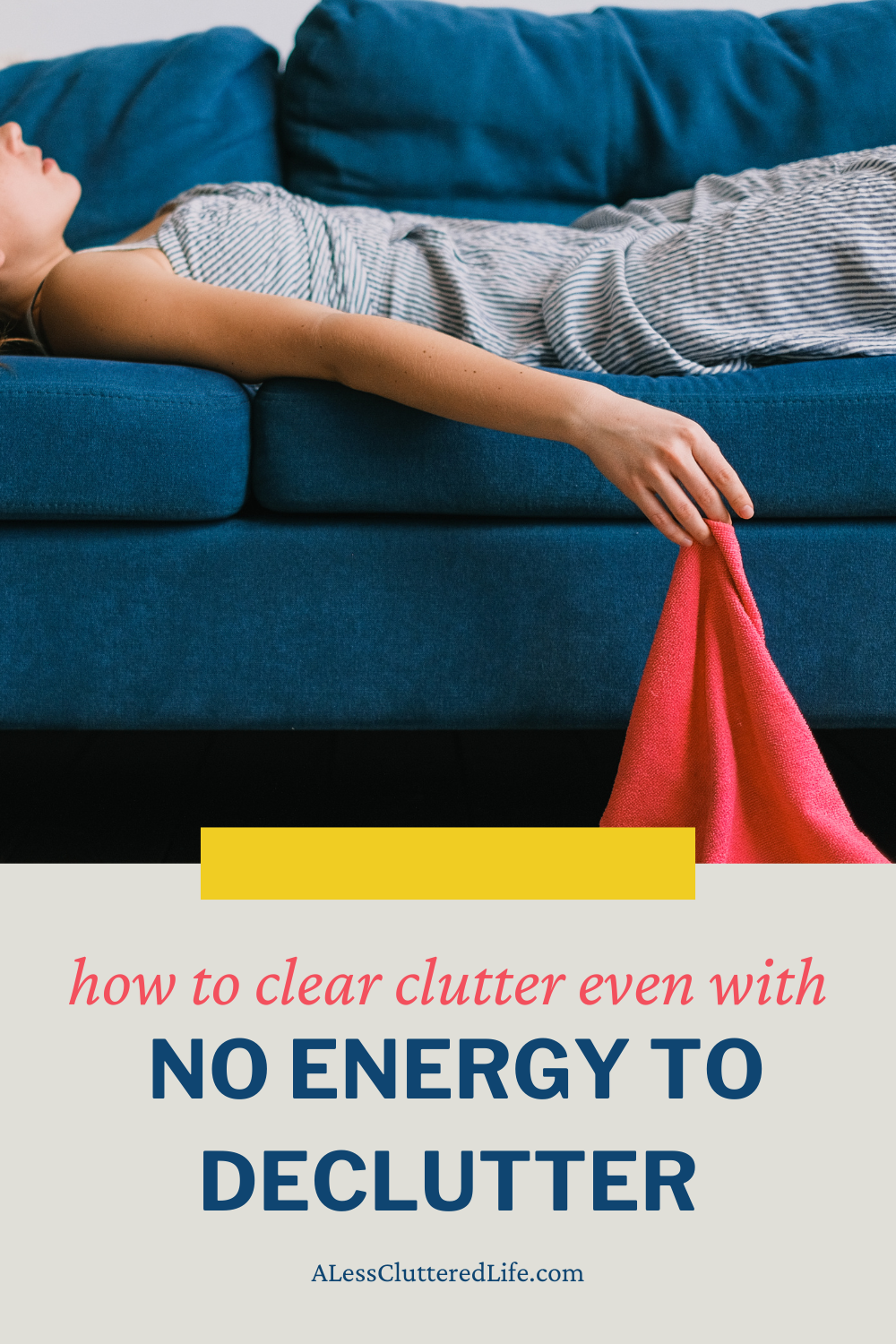
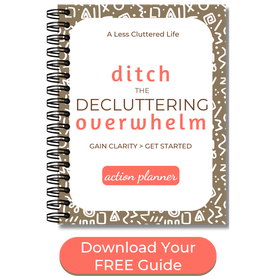

 RSS Feed
RSS Feed
